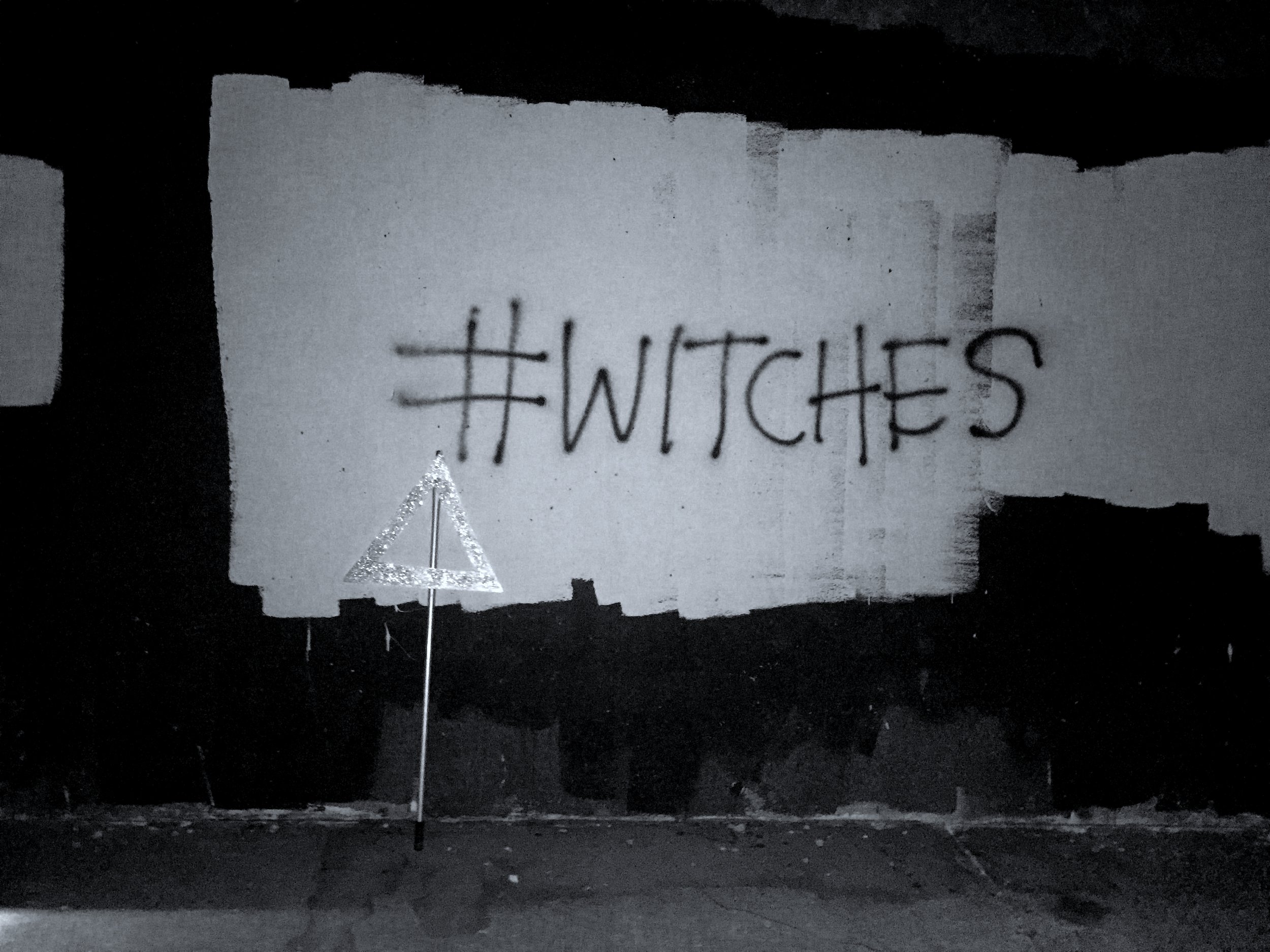A lot has changed since my last report. At my apartment, we were having trouble with our landlord who refused to fix a large water leak in the basement. Because of this, the master tenant withheld the rent for two months. We called the city about the landlord, and when the city assessed the situation, they told us we weren’t even supposed to be living in that part of the apartment, that we were occupying it illegally. Since then, I’ve moved to a new apartment. It’s more expensive but still in Bed-Stuy. I’m now near the Ralph Ave stop on the C line. I’m unsure if I’ll have to take the master tenant to small claims court. He still owes me about two grand of the rent money I gave him that he never paid the landlord. Hopefully, this will all be resolved by the end of January.
Because of this, my funds have been drained, and I had to publish my chapbook Seven Nightmares as a PDF-only release. You can download it here. I like physical books, so I’m unsure how I feel about this, but embracing technology will save me some cash. I sometimes wonder where my old chapbooks and zines end up. Do people just throw them away? Years ago, my friend Mike Daily found my first chapbook at a Goodwill store in Portland. With a PDF-only release, I won’t have to think about that. I started writing Seven Nightmares while I lived in San Francisco and finished it in New Orleans. To be clear, they aren’t real nightmares, although some might have been loosely based on dreams I had. When I began writing them my intent was to do something like Barry Yourgrau.
Another project I finished this winter was a joint statement with Craig Wilson in regard to the Trump regime’s attack on transgender people. In these trying times, we felt writing a statement was the least we could do. You can download a PDF of the statement here. Craig and I were in the Portland Surrealist Group together years ago but chose to sign the statement as The Claude Cahun Transmutation Society. When I first started studying surrealism as an undergrad in the late 90s, Claude Cahun was a central focus of my studies. Personally, I’ve never really identified as anything. It's the exterior world, the superego, that tries to pin us down and label us.
As for art, I was lucky enough to see Lydia Lunch read with Umar Bin Hassan of The Last Poets. I never thought for a second that I’d ever get to see him read! I also went to the Bruce Nauman show at MOMA and PS1, the Sarah Lucas show at the New Museum, and the Hilma af Klint show at the Guggenheim. I’m not sure how much I like Bruce Nauman’s work but I do like his ideas. His piece “Clown Torture” was a highlight for me. Sarah Lucas surprised me with her visceral understanding of convulsive beauty. Her Nuds, with their twisted bodies, reminded me of something Hans Bellmer might do, or perhaps of the late furniture work of Dorothea Tanning. Hilma af Klint’s paintings were amazing in their abstraction, calculation, and color. For me, to stand before her triptych Altarpiece paintings was unexpectedly cosmic. I couldn’t help but think of how much her work pre-dated not only abstractionists like Kandinsky but also Dadaists like Marcel Duchamp and Francis Picabia.
This winter, I’ve spent a lot of time watching documentaries. My housemate and I went to see Narcissister Organ Player at the Film Forum. Although I’ve never seen her perform live, I first became aware of Narcissister when I was living in San Francisco where I saw a video of her’s at the Museum of African Diaspora. In the video, she pulled her entire wardrobe out from her vagina. Other documentaries I watched were Shadowman, about NYC street artist Richard Hambleton and the anonymous silhouette figures he spread throughout the city, and I Am Secretly An Important Man, about poet Steven Jesse Bernstein. I’ve fallen in love with Bernstein’s piece “Face” and have been listening to it a lot these days. I remember, back in the day, Kevin Sampsell raved to me about Bernstein, but I was skeptical and never bought Bernstein’s books. It’s a shame because today they go for hundreds of dollars.
Lastly, I found a new favorite place in New York. When I first moved to my new location I took a long train ride up to The Cloisters and discovered Fort Tryon Park. The park has the ruins of a gigantic archway on it, The Billings Arcade. It was once part of the Billings Estate, which occupied the land before it was a park. For me, it’s always refreshing to see the property of the rich taken to decay and repurposed for us all to enjoy.
Books I’ve been reading:
David Wojnarowicz - Memories That Smell Like Gasoline
Anna Vitale - Our Rimbaud Mask
Gavin James Bower - Claude Cahun: The Soldier With No Name
Jennifer L. Shaw - Reading Claude Cahun’s Disavowals
Bud Smith - Double Bird
Dylan Angell, ed. - Funeral Songs
Music I’ve been listening to on the subway:
Boris Dzaneck - In His Own Words
UT - In Gut’s House
Morphine - Cure for Pain
Iggy Pop - Avenue B
Steven Jesse Bernstein - Prison
Beastie Boys - Licensed to Ill
Publishing note:
In late December, two of my prose poems (“Fame” and “Dick”) appeared on the Philosophical Idiot website. I wrote both poems while I was living in New Orleans. You can read them here.




